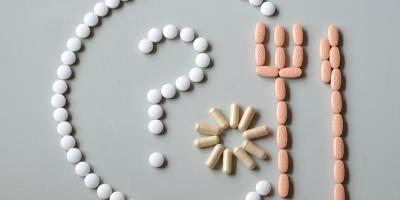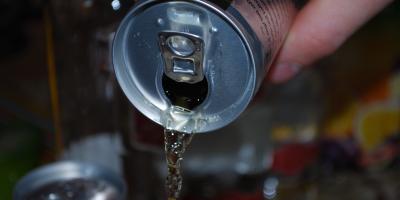Colour change, thickening, and foliation of the nail plate are the most common symptoms of dermatophytosis of the nails, which concerns one in four people in Poland. The treatment is not easy; the best thing to do is go to a doctor.
Dermatophytosis of the nails is an infection of one or more toenails or fingernails with dermatophytes – fungi which are capable of decomposing keratin, the building material of the nail plate. Dermatophytosis can also be caused by candida and moulds.
Dermatophytosis – an infectious disease
Dermatophytosis usually appears on the big toenail, but it can spread to other toenails. The disease develops from the edge and the sides of the nail plate surface. The nail turns brown, greenish, whitish, or yellow. The lesion is sometimes in the form of spots or narrow stripes, but the fungus can occupy the entire surface of the nail, which with time becomes hard, brittle and deformed. The nail can also detach from the toe.
Dermatophytosis of the nails is an infectious disease. It can be prevented by keeping personal hygiene and not using other people’s personal items, such as towels, sponges, scissors and nail files.
Dermatophytes like warmth and humidity
The infection occurs in a humid and warm environment, e.g. a swimming pool, gym, or solarium. In such places, it is recommended to protect the skin from direct contact with pathogenic fungi by wearing protective shoes, e.g. flip flops.
Pathogenic fungi are easy to catch in public showers in dorms, particularly if they have wooden platforms, in beauty parlours during manicure and pedicure treatments, in hospitals and health spas.
The people visiting public swimming pools and bathing equipment should dry their feet well afterwards, and even use anti-dermatophytosis powders.
The development of the disease is facilitated by wearing rubber boots or other footwear restricting air flow or synthetic socks, as well as disorders of the blood flow in the skin of the feet.
It must be treated!
The disease most frequently attacks people over 50 years of age. The most susceptible are people with weakened immunological systems, e.g. those with leukemia, and organ recipients who take immunosuppressive medications. People who have been treated with antibiotics and steroids are also more likely to be infected.
Fungal lesions of the nails do not disappear by themselves and should be treated. Pharmacies offer over-the-counter drugs, but their effectiveness depends on various factors, such as the stage of the disease and type of the fungus, so it is recommended to see a doctor, which can shorten the treatment time and reduce the therapy costs. Mycological tests are performed to diagnose and specify the pathogen responsible for the infection, and to choose adequate medication.
Anti- dermatophytosis drugs prescribed by physicians may be oral or in cream form. They are also available in the form of nail polish.
The treatment takes as long as several months – the same time as it takes the nail plate to grow back.
A very popular disease
In Poland, dermatophytosis of the nail plate concerns almost one in four people.
Near the end of the nineties, there was an epidemiological survey conducted in Europe under the name of the Achilles project. The residents of 19 countries were examined for dermatophytosis of the toenails. In Poland, 40 thousand people were subject to these tests. The studied group was composed of patients visiting dermatologists for reasons other than dermatophytosis.
At that time Poland was fourth for dermatophytosis incidence. It followed Russia, the Czech Republic, and Hungary.









Comments (0)